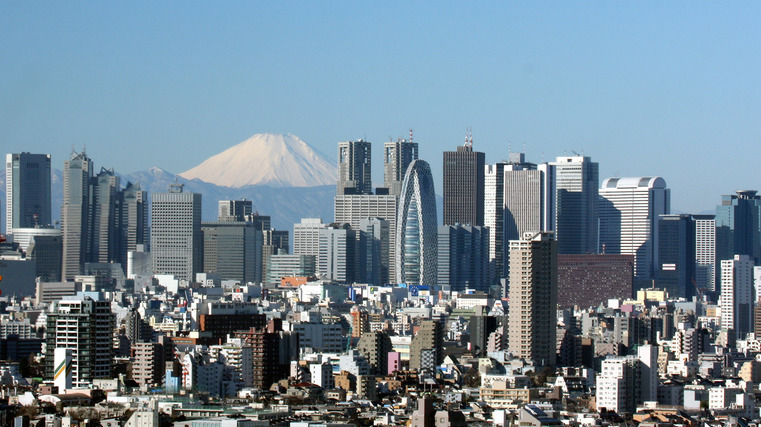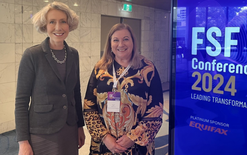Negative rates in Japan end

The Bank of Japan (BoJ) has ended eight years of negative interest rates, making a historic shift away from its focus on reflating growth with decades of massive monetary stimulus.
While the move was Japan’s first rate hike in 17 years, it still keeps interest rates stuck around zero as a fragile economic recovery forces the central bank to go slow on further rises in borrowing costs.
The shift makes Japan the last central bank to exit negative rates, and ends an era in which global policymakers sought to prop up growth through cheap money and unconventional monetary tools.
“We have reverted to a normal monetary policy targeting short-term interest rates as with other central banks,” says governor Kazuo Ueda. “If trend inflation heightens a bit more, that may lead to an increase in short-term rates.”
In a widely expected decision, the BoJ ditched a policy put in place since 2016 that applied a 0.1 per cent charge on some excess reserves financial institutions parked with the central bank.
The BoJ set the overnight call rate as its new policy rate and guided it in a range of 0-0.1 per cent partly by paying 0.1 per cent interest to deposits at the central bank.
The elimination of negative interest rates signals the BoJ’s confidence the country has emerged “from the grip of deflation”, reports Reuters.
The central bank also abandoned yield curve control (YCC), a policy in place since 2016 that capped long-term interest rates around zero and discontinued purchases of risky assets.
But the BoJ will keep buying “broadly the same amount” of government bonds as before and ramp up purchases in case yields rise rapidly, emphasising its focus on preventing any damaging jump in borrowing costs.
Shares in Japan rose after the decision, while the yen fell below 150 per US dollar as investors took the BoJ’s guidance as a sign the interest-rate differential between Japan and America likely will not narrow much.
With inflation exceeding the BoJ’s target of two per cent target for well over a year, many market players had projected an end to negative interest rates either in March or April.
Already on March 19, commercial banks flagged plans to raise some deposit rates for the first time since 2007.
Under Kuroda, the BoJ deployed a huge asset-buying programme in 2013, originally aimed at firing up inflation to two per cent within roughly two years.
The central bank introduced negative rates and YCC in 2016 as tepid inflation forced it to tweak its stimulus programme to a more sustainable one.
As the yen’s sharp falls pushed up the cost of imports and heightened public criticism over the downsides of the country’s ultra-low interest rates, the BoJ last year tweaked the YCC to relax its grip on long-term rates.
Even as it rolled back stimulus, the BoJ downgraded its assessment on the economy and warned of consumption weakness. Inflation expectations have yet to be anchored at two per cent, which means the BoJ can raise rates at a slower pace than other central banks have done in recent years.





